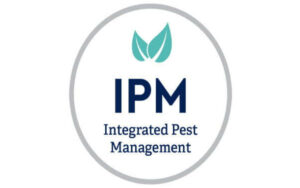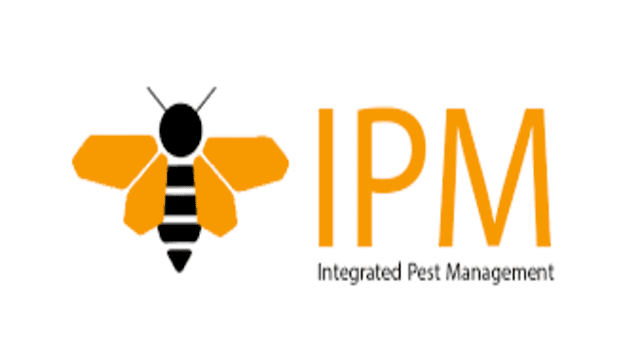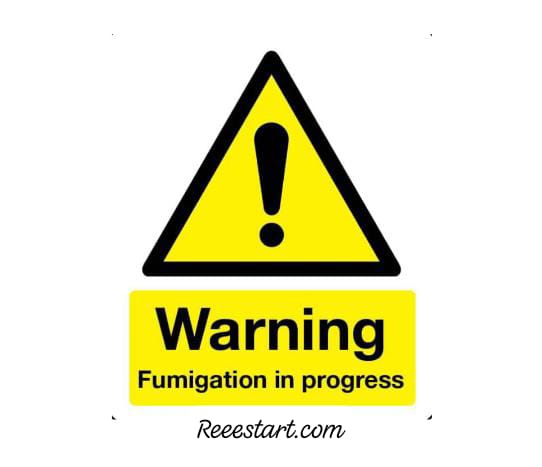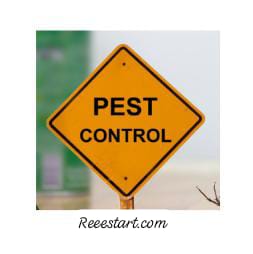Integrated Pest Management (IPM) is a process or program you can use to solve pest problems while minimizing risks to humans, animals, and the environment. IPM can be used to manage or control public health pests of all kinds in any location, such as urban, agricultural, wild, or natural areas. This detailed article will explain the definition of Integrated Pest Management (IPM), conventional pest control (PC), and the definition of a pest.
We will also discuss the components and elements of the IPM approach, the purpose of its application, and how to implement it, along with a practical example of applying the IPM strategy and approach.
Definition of Integrated Pest Management (IPM)
Integrated Pest Management (IPM) is an ecosystem-based strategy that focuses on long-term prevention of pests through a combination of techniques such as biological control, habitat manipulation, usage of resistant varieties, physical control, mechanical control, and altering cultural practices.
IPM is a long-term, low-toxicity preventive measure, and here some information about IPM:
- Although IPM was first developed for the agricultural industry, many institutions such as restaurants, hotels, hospitals, museums, archives, and libraries find that IPM principles are relevant for protecting their collections from damage and degradation due to chemicals, as well as safeguarding the health of their employees and visitors from chemical risks.
- Pesticides are used only after monitoring indicates that they are needed according to established guidelines, and treatments aim to remove the target organism only.
- IPM selects and applies pest control materials in a way that minimizes risks to human health, beneficial and non-target organisms, and the environment.
Definition of Pests
Pests are living organisms that damage or interfere with desirable plants in our fields, orchards, landscapes, or wildlands, or harm homes or other structures.
- They also include organisms that affect the health of humans or animals, transmitting diseases or simply being a nuisance.
- A pest can be a plant (weed), vertebrate (bird, rodent, or other mammals), invertebrate (insect, tick, mite, snail), nematode, or a pathogen (bacteria, virus, or fungus).
- A pest is an undesirable organism that can harm water quality, human or animal life, or other parts of the ecosystem.
Definition of Conventional Pest Control (PC)
Conventional pest control is defined as the repeated application of chemicals without focusing on understanding the types or number of pests present.
How Integrated Pest Management (IPM) Works?
IPM focuses on long-term prevention of pests or damage through ecosystem management:
- It integrates principles and practices from various pest control methods and selects the least toxic and most effective measures for managing the pest to create comprehensive IPM programs. While each situation is unique, there are six main components
Components of an Integrated Pest Management (IPM) Program
Here, we will discuss the components of Integrated pest Management program:
Inspection
Inspection means to Identify pests, monitor and assess pest populations, and evaluate site damage.
prevention
Prevention means to take action to prevent pests from becoming a problem, such as:
- planting healthy crops that can resist pest attacks, using disease-resistant plants, or sealing cracks to prevent insects or rodents from entering buildings.
- Instead of simply eliminating visible pests, IPM involves examining environmental factors that affect the pest’s ability to thrive, using this information to create unsuitable conditions for the pest.
Monitoring
Monitoring and correct pest identification help to determine if management is necessary.
- Monitoring means inspecting the field, landscape, indoor space, or any other site to identify existing pests, their numbers, or the damage they cause.
- Proper pest identification is critical to understanding if the pest is likely to become a problem and determining the best management strategy.

Least Toxic Control Methods (Application of Control)
The most effective and long-term way to manage pests is to use a combination of methods that work better together than individually.
Pest management approaches
Pest management approaches are often grouped into the following categories:
Biological Control
Biological control is the use of natural enemies (predators, parasites, pathogens, competitors) to control pests and their damage.
Many pests, pathogens, nematodes, weeds, and vertebrates have numerous natural enemies.
Cultural Controls
Cultural controls are practices that reduce pest reproduction, dispersal, and survival. For example:
- Changing irrigation practices can reduce pest problems, as too much water can increase root diseases and weed problems.
- Wearing long-sleeved clothing during sunset, placing nets on windows, and closing them at that time (when mosquitoes are active) reduces mosquito bites and their entry into homes.
- Disposing of excess water used in watering houseplants and pet feeding bowls prevents mosquitoes from breeding.
- Sealing garbage bags and placing them in designated areas prevents the spread of flies.
Mechanical and Physical Controls
Mechanical and physical controls kill the pest directly, prevent pests from being present, or make the environment unsuitable for them.
- Examples include rodent traps for mechanical control.
- Physical controls include using mulches to manage weeds or sterilizing soil with steam to manage diseases.

Advantages of Integrated Pest Management (IPM)
Also, we will focus on advantages of integrated pest management:
- Environmental Protection
By minimizing the use of chemical pesticides, IPM helps protect aquatic environments, soil health, and biodiversity.
- Human Health
Reducing pesticide use lowers potential health risks to farm workers, residents, and consumers.
- Cost-Effectiveness
IPM focuses on long-term prevention, which can lead to cost savings over time due to reduced need for chemical applications.
- Sustainable Practices
Promotes the use of environmentally sustainable methods and reduces the likelihood of pest resistance to control measures.
- Improved Crop Yield and Quality
Healthier crops and plants result from balanced ecosystem management, which can lead to higher yields and better quality products.
Disadvantages of Integrated Pest Management (IPM)
And about disadvantages of Integrated pest management:
- Time-Consuming
– IPM requires careful planning, continuous monitoring, and detailed record-keeping, which can be labor-intensive and time-consuming.
- Knowledge and Training
Effective implementation of IPM requires extensive knowledge of pest biology, ecosystem dynamics, and the use of various control methods. Training and education are essential.
- Initial Cost
The initial setup and implementation costs for IPM may be higher than conventional methods due to the need for training, monitoring equipment, and time investment.
- Complexity
The integration of multiple control methods can be complex and may require customized approaches for different environments and pest issues.
- Delayed Results
Unlike chemical control, which often provides immediate results, the benefits of IPM may take time to become evident. Patience and persistence are required.
Practical Example of IPM Application
Consider a cornfield infested with corn borers:
Inspection
Regularly inspect the field to identify the presence and population levels of corn borers.
Prevention
Use crop rotation and plant corn varieties that are resistant to corn borers.
Monitoring
Install pheromone traps to monitor corn borer activity and assess population dynamics.
Control Methods
- Implement biological control by releasing natural predators or parasites that target corn borers.
- Apply cultural controls by modifying planting times to avoid peak pest periods and removing crop residues that harbor pests.
- Use mechanical controls like row covers to physically protect crops from pests.
- Apply selective and targeted chemical treatments only if pest populations exceed established thresholds, ensuring minimal environmental impact.
By following these comprehensive strategies, IPM creates a balanced approach to pest management that is sustainable and environmentally friendly, achieving both immediate and long-term pest control goals while safeguarding human health and ecosystem integrity.




